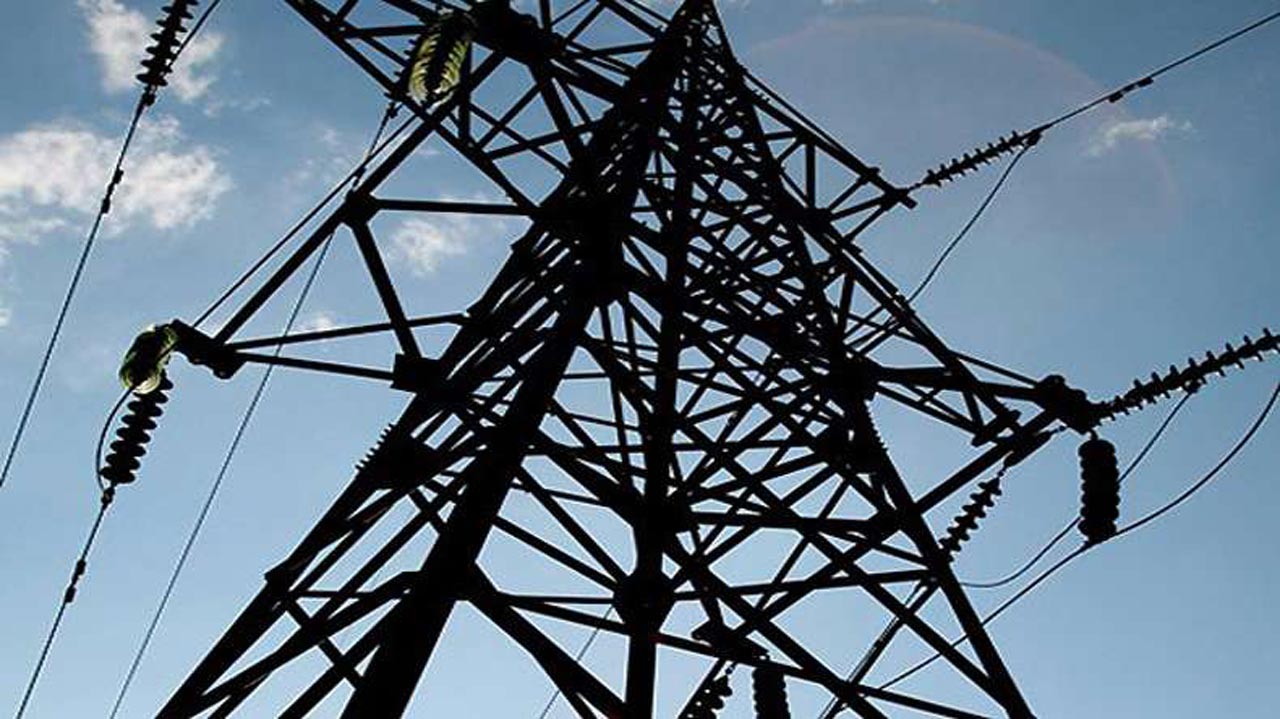Nigeria’s hydropower plants output levels have been plummeting in the past few days, causing total power generation to drop below 4,000 megawatts.
Nigerian Electricity System Operator data showed that electricity generation from Kainji, Jebba and Shiroro hydropower stations fell to 534MW as of 6 AM on Monday from 980MW on April 16.
Kainji, Jebba and Shiroro generated 345MW, 294MW and 341MW as of 6 AM last Thursday, accounting for 22.85 per cent of total national generation.
But the three plants saw their output levels fall by 277MW, 157MW and 100MW respectively as of 6 AM on Monday, contributing 14.21 per cent to national generation.
Kainji’s 1G7 unit was said to be out on stator winding failure; 1G8 unit out due to oil leakage on governor runner head.
Similarly, 1G9 unit was out due to burnt 7.5MVA 33/0.415kV & 183.6MVA 16/330kV station service transformer and generator transformer, and 1G10 was shut down due to the thrust bearing temperature problem.
Two units at Jebba, 2G2 and 2G4, were said to be out due to low load demand by the distribution companies; 2G5 tripped on unit vibration, and 2G6 was out due to burnt generator winding and automatic voltage regulator.
Generation from Shiroro’s 411G1 and 411G3 units reduced due to low-load demand by the Discos; 411G2 was out due to low-load demand by the Discos, and 411G4 was out on fault.
Nigeria generates most of its electricity from gas-fired power plants, while output from hydropower plants makes up about 30 per cent of the total generation.
Total power generation in the country fell to 3,757.9MW as of 6 AM on Monday from 4,287.7MW last Thursday, according to the system operator.
Six of the nation’s 27 power plants, including three built under the National Integrated Power Project, were not generating any megawatt of electricity on Monday.
The affected plants were Sapele, Ihovbor, Gbarain, Ibom Power, AES, and ASCO.
The system operator put the nation’s installed generation capacity at 12,910.40MW; available capacity at 7,652.60MW; transmission wheeling capacity at 8,100MW; and the peak generation ever attained at 5,375MW.
The distribution and generation companies carved out of the defunct Power Holding Company of Nigeria were handed over to private investors on November 1, 2013, following the privatisation of the power sector.
More than six years after the privatisation, the investors who took over the power firms that emerged after the unbundling of the PHCN are still grappling with the old problems in the sector.
The sector is plagued by problems of gas supply shortages, limited distribution networks, limited transmission line capacity, huge metering gap, electricity theft as well as high technical and commercial losses, among others.
Sign in
Welcome! Log into your account
Forgot your password? Get help
PRIVACY POLICY PAGE
Password recovery
Recover your password
A password will be e-mailed to you.












